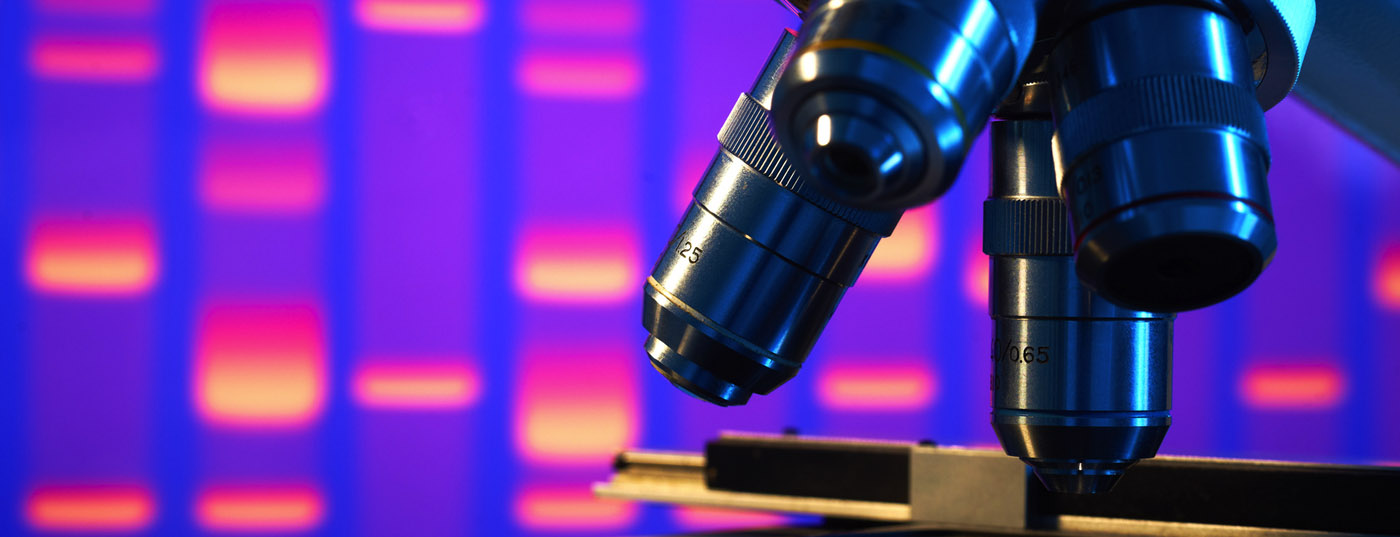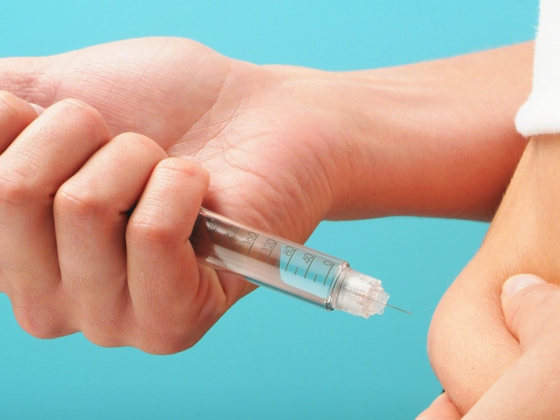For tumors where classical tissue biopsy (e.g. fine needle aspiration) is difficult or involves considerable risk, liquid biopsy, i.e. the analysis of mutated genetic material via blood, offers a promising alternative. What is the potential of this technology?
Tumors often form or already have their own blood vessels. Therefore, in most cancers, fragmented sections of tumor DNA or even intact cancer cells are found in the bloodstream, the genetic analysis of which provides valuable information. Without having to invasively remove tumor tissue, tumor mutations can be identified, which are important predictive and prognostic factors for the application of today’s targeted cancer drugs (keyword personalized medicine). As genetic research into cancer is expected to continue to make great strides, genetic analysis – especially when it is simple, inexpensive and gentle – is predicted to have a promising future. The first tests are therefore already approved and on the market.
What is interesting is not per se the finding that fragmented genetic material and intact cancer cells circulate in the blood, but rather the fact that the analytical methods used today are increasingly capable of detecting such information and reliably isolating or enriching tumor cells. This is not easy because the concentration of intact tumor cells or tumor DNA fragments in the blood is very low, even in advanced malignancies. Subsequently, the DNA is sequenced and compared with that of normal cells.
In pregnant women, a similar principle is used to analyze the DNA of the unborn child by taking blood samples from the mother (diagnosis of chromosomal defects).
Therapy control and screening
In addition to the analysis of tumors that are difficult to access, blood analyses also facilitate the monitoring of the course of treatment and provide information on tumor response or resistance mechanisms based on the amount of tumor cells and DNA in the blood at regular intervals. It is not uncommon for tumors to change their biological characteristics under therapy. Adjustment of therapy could be more rapid through early detection of such resistance mechanisms.
Lastly – and this is the greatest promise of liquid biopsy – modified tests may also be used for screening efforts in the future, provided they detect the circulating genetic material of as yet undetected or at least not precisely localized tumors at an early stage. This would significantly increase the therapeutic window. The problem here is that the rate of false-positive results is likely to be high, since mutations – including those that are also found in tumor cells – increase with age. The question will be, which are harmless and which pose a real danger?
Source: Press releases
HAUSARZT PRAXIS 2015; 10(9): 8











